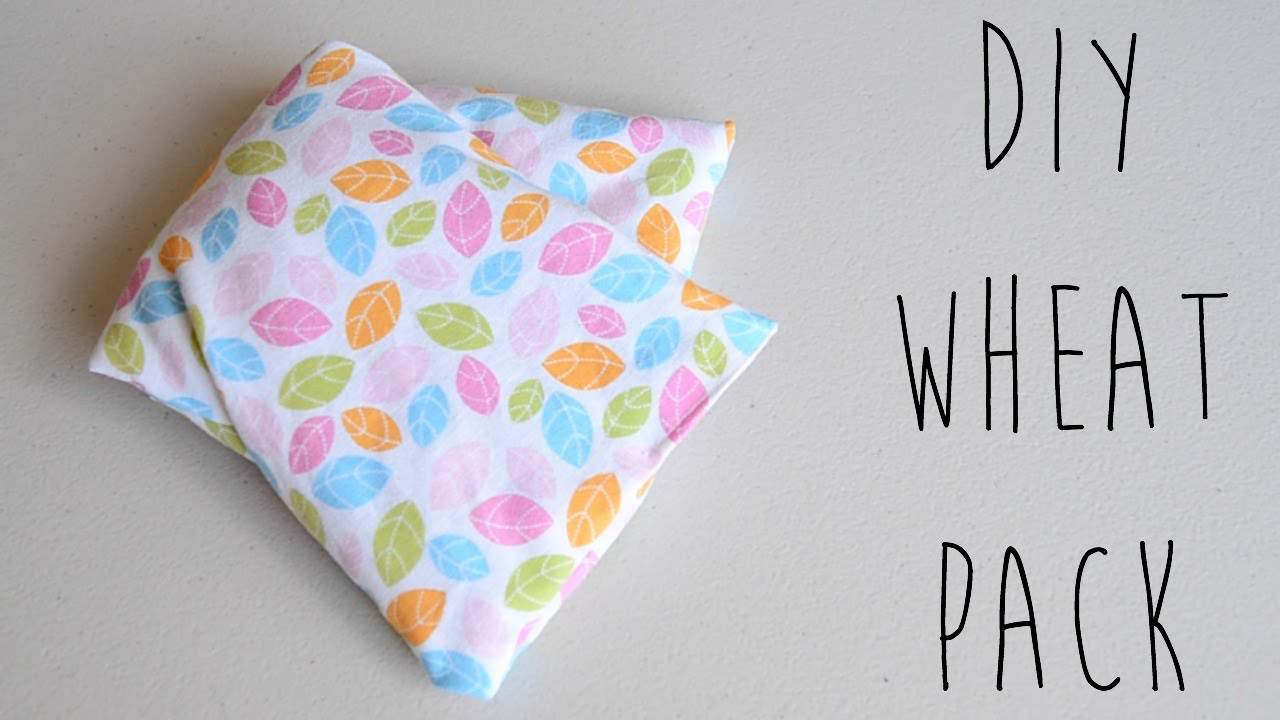DIY Heat Pack: A Safe and Snuggly Guide for Parents
Hey there, wonderful caregivers! Are you ready to add another super skill to your parenting toolkit? Today, we’re going to get crafty and learn how to make DIY heat packs that are perfect for those little bumps and bruises your kiddos might get while adventuring through life. Not only are homemade heat packs easy and fun to create, they also give a whole new meaning to hands-on comfort. So, let’s turn the cozy up a notch with this family-friendly activity – and the best part? You likely have everything you need right at home!
Understanding the Benefits of DIY Heat Packs
Before we dive into the ‘how-tos’, let’s warm up with a little knowledge about why heat packs are a must-have in every household:
- Natural Pain Relief: Heat packs can ease muscle aches, reduce stiffness, and provide gentle relief for cramps. Perfect for growing pains or after a long play day!
- Stress Reducer: The warmth of a heat pack can help calm and relax your child, making it a cuddly companion for rest time.
- Cost-Effective: Save your pennies! DIY heat packs are a fraction of the cost of store-bought alternatives and just as effective.
- Customizable: Get creative and make heat packs in fun shapes and sizes. Personalize with your child’s favorite colors and fabrics!
Gathering Your DIY Heat Pack Materials
Okay, super parents, let’s begin! First things first, we’ll need to gather our materials. Here’s what you’ll need for this heartwarming project:
- Fabric: Choose a soft, durable fabric like cotton or flannel. Remember, it should be microwave-safe!
- Filling: Many different fillings can be used, such as rice, flax seeds, or even wheat. Each one has its own unique ‘heating personality’.
- Needle & Thread: Or if you’re in a hurry, a sewing machine will speed things up.
- Scissors: To cut your fabric into the perfect shape.
- Measuring Tape or Ruler: For precision and perfection in your design.
- Funnel: This makes filling your heat pack so much easier and mess-free.
Designing Your Heat Pack
Now that we’ve rounded up our materials, it’s time to decide on the design of your heat pack. Remember, this is where you can get imaginative and cater to your family’s personalities and needs:
- Shape and Size: Do you want a simple rectangle, or perhaps something more novel like a heart or animal shape? The size can range from a small hand-held pack to a larger one for the back or stomach.
- The Right Fabric: Pick a pattern and color that makes you smile. Maybe it’s bright polka dots or serene pastel hues.
- Stitching Style: You can go simple with a straight stitch or add a decorative edge – just make sure it’s sturdy enough to keep the filling inside.
Don’t worry if you’re not the next sewing superstar; even the most basic sewing skills can yield a fantastic heat pack. Plus, it’s the love stitched into it that really counts!
Selecting the Ideal Filling for Your Homemade Heat Pack
Choosing the right filling is crucial for a cuddly and effective heat pack:
- Rice: Easily available and holds heat well. Avoid instant rice as it might cook in the microwave.
- Flax Seeds: They’re light and hold temperature splendidly – plus they give off a lovely, mild scent when warm.
- Wheat: Great for heat retention but make sure no one in the family has wheat allergies.
Stay tuned, folks! In the next section, we’ll get our hands busy with step-by-step instructions on sewing and filling up your cuddle-worthy DIY heat pack. And remember, as you follow along, relaxation and pain relief are just a stitch away!

5 Essential Preparation Tips for Making Your Own DIY Heat Pack
Before we roll up our sleeves and start stitching, let’s go through five important preparation tips to ensure your DIY heat pack turns out just right:
- Clean Workspace: Begin with a clean and spacious area to work. A tidy space means less confusion, and it’s safer for everyone involved. Clear off that table and get ready for some heat pack magic!
- Material Safety: Not all fabrics and fillings are microwave-safe. To avoid a fiery fiasco, pick natural fibers like pure cotton or flannel, and research your fillings. Some synthetic materials can melt or catch fire, so it’s best to steer clear of those.
- Heat Test: Before filling your heat pack, test your chosen material and filling in the microwave for a short time to ensure they heat correctly and don’t burn.
- Right Amount of Filling: This is a Goldilocks situation – too little filling and your pack won’t retain heat well; too much and it may not conform to the body comfortably. Aim for a pack that is plump but still flexible.
- Longevity Matters: Consider adding a teaspoon of dried herbs, such as lavender or chamomile, to your filling for a soothing scent. Be sure that whatever you add is dried to avoid mold growth and ensure the longevity of your heat pack.
These prep tips are golden nuggets for a successful DIY heat pack mission. Now, let’s continue with crafting your heatable hug!
Sewing and Filling: Your Step-by-Step Guide
Creating a heat pack is simple and provides an excellent opportunity to bond with your children over a crafty project. Grab your needles or sewing machine, and let’s get started:
- Measure and Cut: Decide on the size of your heat pack and cut two pieces of fabric to this size, adding about a half-inch on all sides for seam allowance.
- Sew Three Sides: Put the right sides of the fabric together, and stitch three sides using a half-inch seam allowance. Leave one side open for the filling.
- Turn Right Side Out: After sewing, turn the fabric right-side out, so the seams are on the inside.
- Fill with Care: Using a funnel, gradually fill your heat pack with your chosen material. Shake it down gently to distribute evenly, and fill it to your preference (refer to the Goldilocks tip above). Remember, about two-thirds full allows for enough flexibility.
- Sew It Shut: Once the pack is filled, carefully fold in the open edges and stitch them closed. You may need to do this by hand with a ladder stitch for a neat finish.
Just like that, you’ve made your very own DIY heat pack! Let’s now turn our attention to how to heat and care for your new creation so that it can continue to provide comfort for many snuggles to come.
Heating and Caring for Your DIY Heat Pack
Your heat pack is nearly ready to soothe and warm, but first, you need to know how to heat it properly and care for it:
- Heating Instructions: Start by microwaving the heat pack for 30 seconds. If more heat is desired, continue to heat in 15-second intervals. Always check the temperature to ensure it’s warm, not hot, to avoid burns.
- Storage Tips: Keep your pack in a cool, dry place. Consider placing it in a sealed container or plastic bag to keep it clean and dry.
- Regular Checks: Inspect your pack regularly for any signs of wear and tear. If you notice any damage, repair it promptly to prevent the filling from spilling out.
- Refresh Your Pack: Over time, your pack might lose its scent or heating capacity. You can refresh it by adding a few drops of essential oil or by replacing the filling if necessary.
- Cleaning: Depending on the filling, your heat pack may not be washable. To keep it clean, you might consider making a washable outer cover that can be removed and laundered.
With your new heat pack prepped, warmed, and ready to go, cozy moments are right around the corner. The thoughtful touch of handmade warmth will not only provide comfort but also a keepsake that represents the love and care invested in its creation. Embrace the joy of crafting and the soothing benefits of your DIY heat pack!
See more great Things to Do with Kids in New Zealand here. For more information see here
Disclaimer
The articles available via our website provide general information only and we strongly urge readers to exercise caution and conduct their own thorough research and fact-checking. The information presented should not be taken as absolute truth, and, to the maximum extent permitted by law, we will not be held liable for any inaccuracies or errors in the content. It is essential for individuals to independently verify and validate the information before making any decisions or taking any actions based on the articles.




